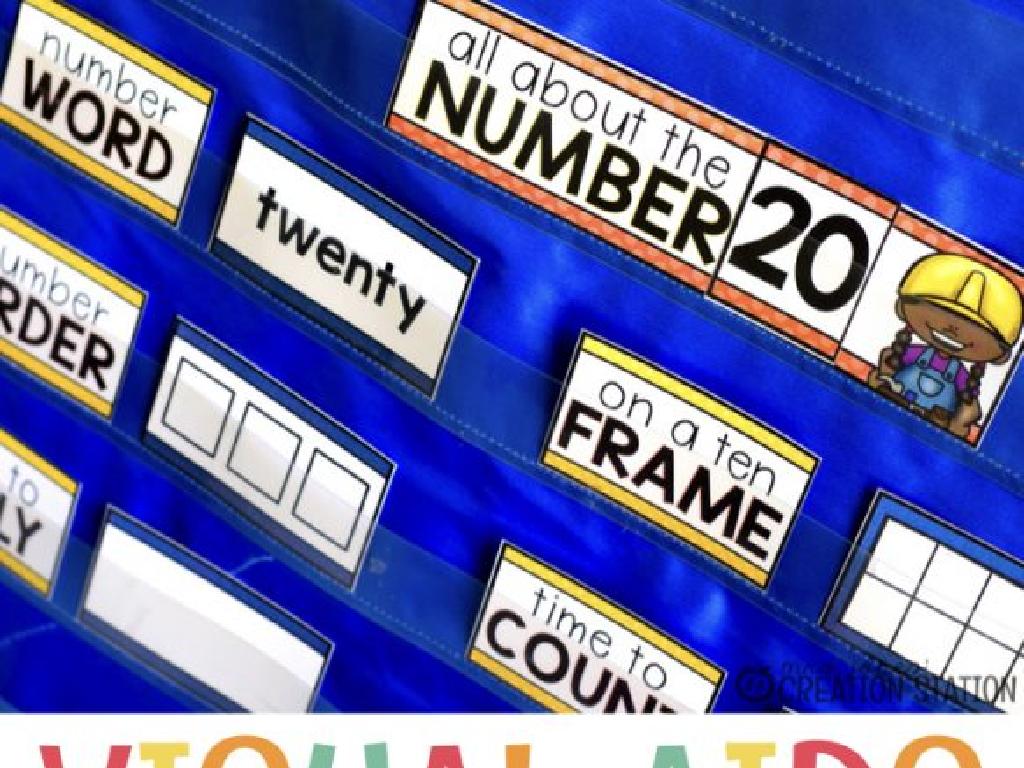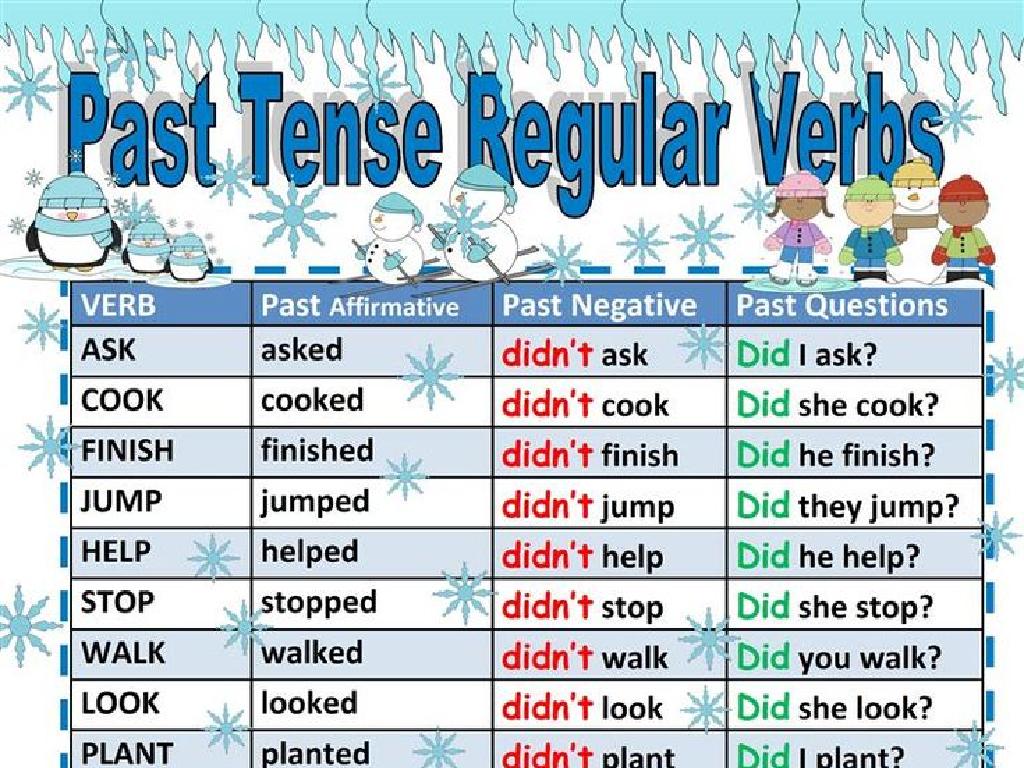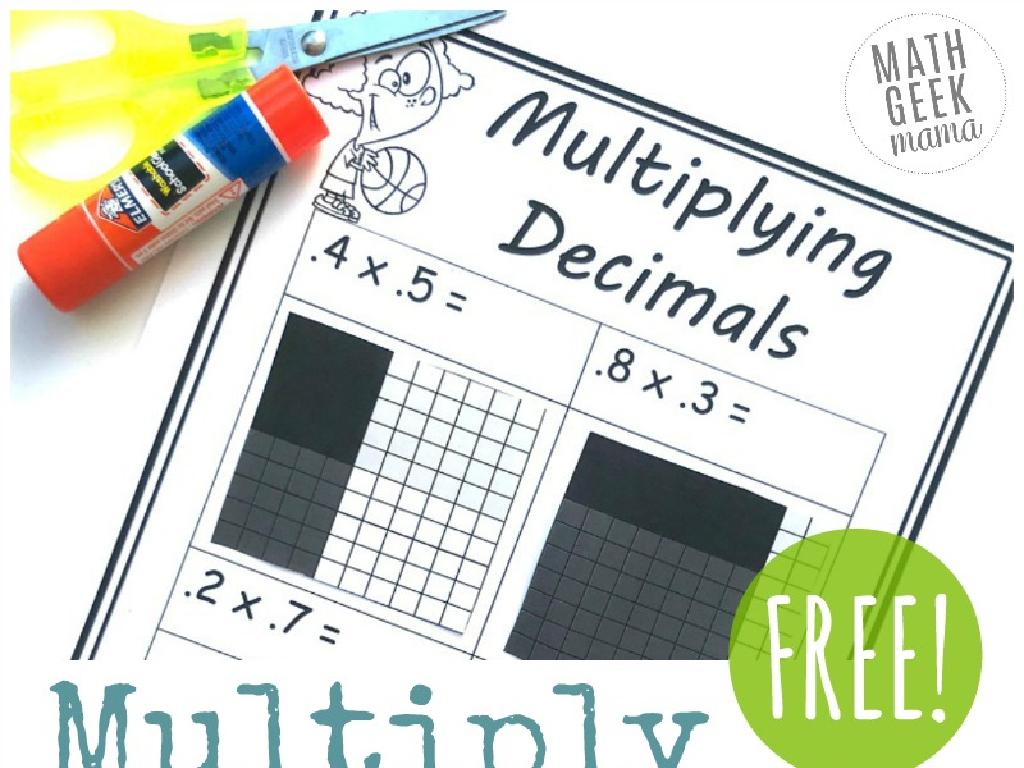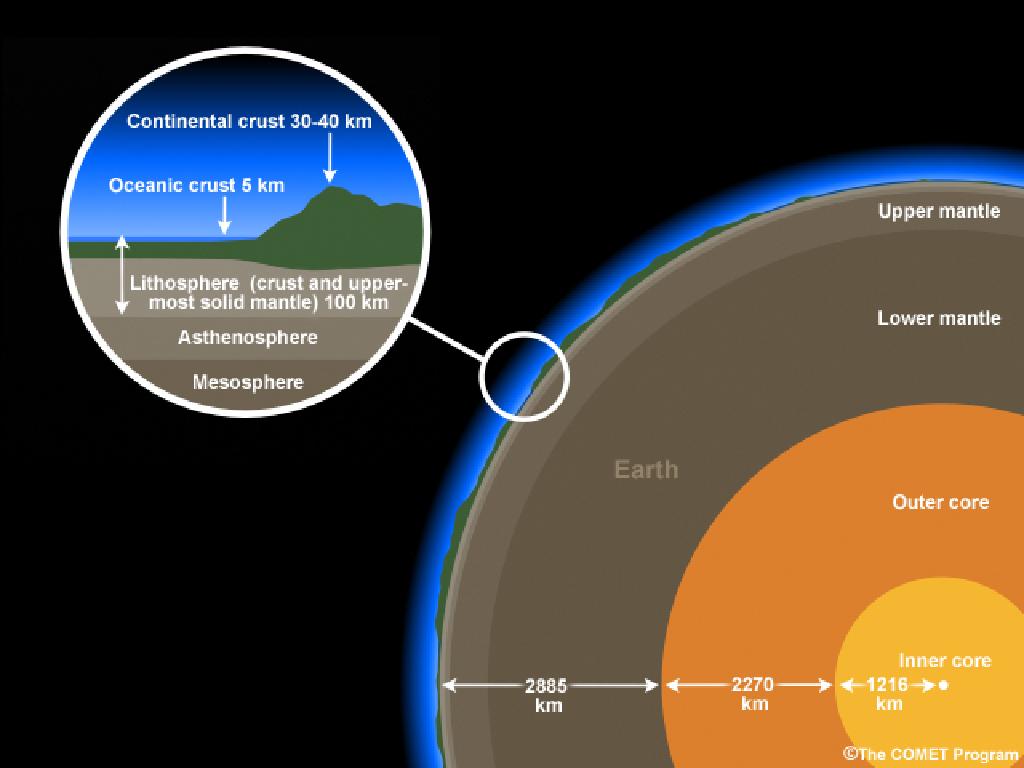Pollinator: Ruby-Throated Hummingbird
Subject: Science
Grade: First grade
Topic: Animals
Please LOG IN to download the presentation. Access is available to registered users only.
View More Content
Meet the Ruby-Throated Hummingbird!
– What’s a pollinator?
– Creatures that carry pollen from one flower to another
– Hummingbirds help plants
– They spread pollen so plants can make seeds
– Why plants love hummingbirds
– Without pollinators, many plants couldn’t make seeds and grow
– Our friend: the ruby-throated hummingbird
– A tiny bird with a big job in nature
|
This slide introduces first graders to the concept of pollination and the role of the ruby-throated hummingbird as a pollinator. Begin by explaining what pollinators are and how they help plants reproduce by transferring pollen. Emphasize the importance of pollinators in the ecosystem and how without them, many of our plant foods wouldn’t exist. Introduce the ruby-throated hummingbird as a specific example of a pollinator, highlighting its unique characteristics and its vital role in helping plants grow. Use simple language and relatable examples to make the content accessible to first-grade students.
Meet the Ruby-Throated Hummingbird
– Tiny, colorful bird
– It’s small like a feather and has bright colors
– Flaps wings super fast
– Its wings move so fast, they’re hard to see!
– Can hover like a helicopter
– Stays in one spot in the air, like magic!
– Watch a hummingbird video
|
This slide introduces first graders to the ruby-throated hummingbird, emphasizing its small size, vibrant colors, and unique flying abilities. Highlight how the hummingbird’s rapid wing flapping allows it to hover in place, a feature that fascinates many children and can be likened to a helicopter. The video will serve as a visual aid to cement the concepts and give students a real-life glimpse of the bird in action. Encourage the students to observe the bird’s behavior and colors in the video. After watching, ask them to describe what they saw and how the hummingbird moved. This will help them connect the information from the slide to the actual bird.
How Do Hummingbirds Help Plants?
– Hummingbirds sip flower nectar
– They use long beaks to reach the sweet nectar inside flowers.
– Their heads touch the stamens
– Stamens are the parts of flowers that make pollen.
– Pollen sticks to hummingbirds
– As they feed, pollen grains attach to their heads.
– They help plants make seeds
– When they move to the next flower, they transfer pollen, aiding in plant reproduction.
|
This slide explains the role of ruby-throated hummingbirds in pollination. As they feed on nectar, their heads come into contact with the stamens, picking up pollen. When they visit another flower, the pollen is transferred, which is a crucial step in the fertilization process, leading to the production of seeds. This is an interactive way to teach students about the interdependence between animals and plants. Encourage the children to act out the process, pretending to be hummingbirds moving from flower to flower, to reinforce the concept.
What Do Ruby-Throated Hummingbirds Eat?
– Hummingbirds love sweet nectar
– Nectar from flowers is like candy for them
– They snack on insects and spiders
– Tiny bugs are also on their menu
– Their wings flap super fast for energy
– Flapping keeps them zipping around quickly
– Let’s flap our arms like hummingbirds!
|
This slide introduces the diet of ruby-throated hummingbirds and their energetic lifestyle to first graders. Explain that hummingbirds drink nectar, which is a sweet liquid from flowers, much like how kids enjoy sweet treats. They also eat insects and spiders for protein. Highlight the fact that hummingbirds need a lot of energy to flap their wings so fast, which is why they eat so often. Engage the class by asking them to try flapping their arms as fast as a hummingbird, which can be a fun activity to end the lesson. This will help them understand just how fast these birds move. Remember to supervise the activity to ensure safety and encourage participation.
Fun Facts About Ruby-Throated Hummingbirds
– Hummingbirds’ amazing flight
– They can zoom forward, backward, and flip upside down!
– Their hearts beat super fast
– Imagine a tiny heart going thump-thump very quickly, over 1,200 times a minute!
– Why ‘ruby-throated’ name?
– They have shiny red feathers on their neck that look like a ruby.
– Tiny birds with big adventures
|
This slide is designed to captivate the curiosity of first graders by sharing fascinating facts about the ruby-throated hummingbird. Emphasize the unique abilities of hummingbirds to fly in various directions, which is unlike most other birds. Discuss their rapid heartbeat, which supports their high-energy lifestyle. Explain the origin of their name, which comes from the beautiful red feathers on their throat, resembling a ruby. These facts can be tied to broader lessons on bird anatomy, the importance of heart rate in animals, and how animals get their names from their physical characteristics. Encourage the children to think of other animals that have unique names based on their looks.
Let’s Draw Our Own Hummingbird!
– Draw a ruby-throated hummingbird
– Include a flower in your picture
– Flowers are where hummingbirds find food
– Add the red throat detail
– Only male hummingbirds have a bright red throat
– Use colors to bring your drawing to life
– Think about the colors you see on real hummingbirds and flowers
|
This slide is for a class activity where students will engage in an art project to draw a ruby-throated hummingbird. The activity is designed to reinforce their knowledge of this pollinator and its characteristics. Teachers should provide drawing materials and guide the students through the process, ensuring they understand the importance of the red throat as a distinctive feature of the male hummingbird. Encourage creativity and observation of nature’s colors. Possible variations of the activity could include drawing the hummingbird in flight, hovering, or at rest, and using different types of flowers to show the bird’s role in pollination.
Class Activity: Be a Hummingbird!
– Pretend to be hummingbirds
– Use a straw as your beak
– A straw represents a hummingbird’s long beak
– Transfer ‘pollen’ with your beak
– Move yellow cotton balls from flower to flower
– Count the flowers you pollinate
|
This activity is designed to give students a hands-on experience of how a ruby-throated hummingbird pollinates flowers. Provide each student with a straw and yellow cotton balls. Set up several ‘flowers’ around the classroom, which can be made from colored paper or real flowers. Students will use the straw to pick up a cotton ball ‘pollen’ and transfer it to another flower. This simulates the pollination process. Encourage students to visit as many flowers as they can and keep track of their ‘pollinations’. After the activity, discuss the importance of pollinators in nature and how they help plants to grow and produce food.






